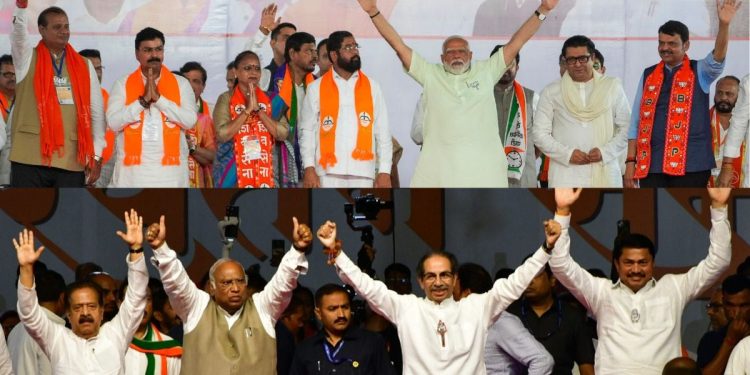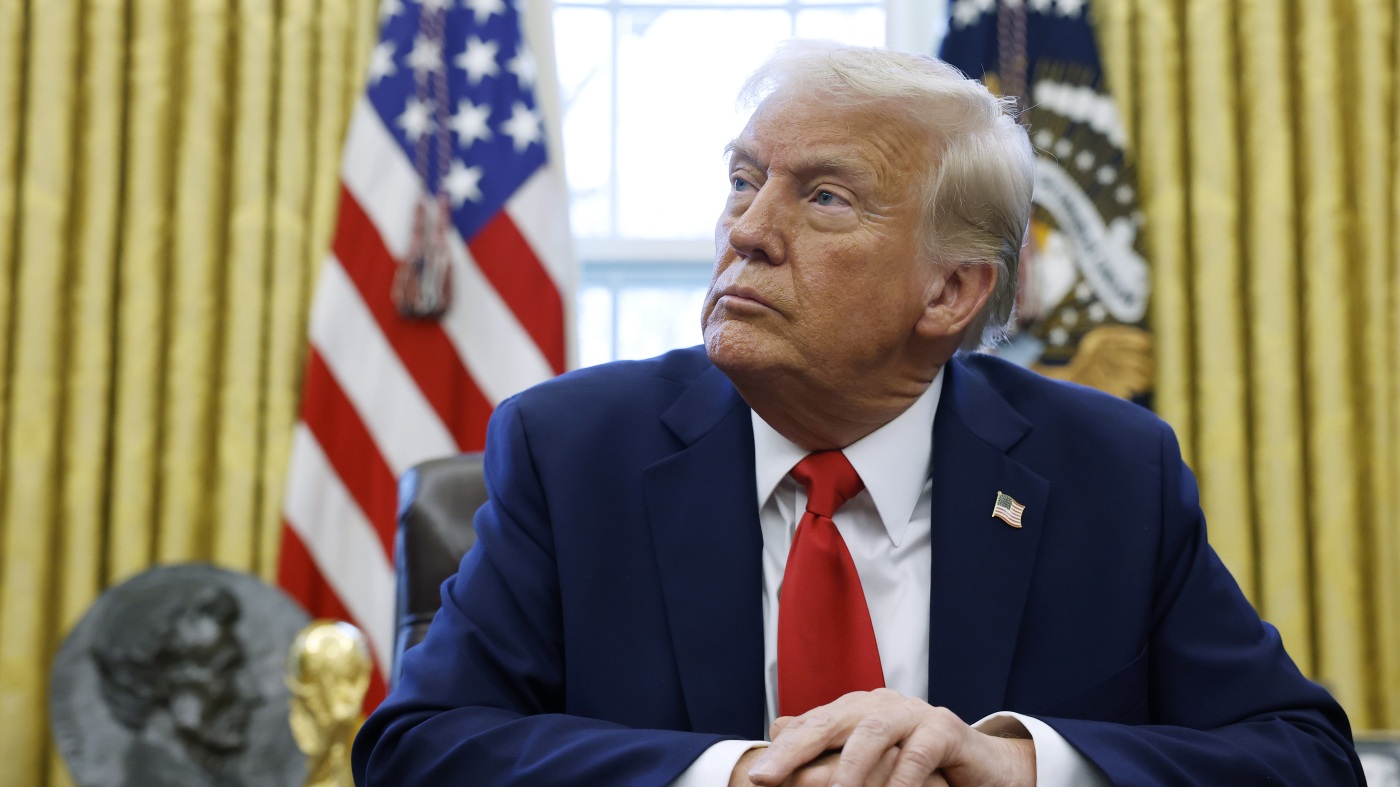The Maharashtra is ready to go to the polls next week. The assembly elections will pose a reference situation for regional and national parties while candidates are fighting for 288 seats to be won.
After the debacle of Lok Sabha, these elections will be a decisive test for the Bharatiya Janata party which argues in alliance with the escape factions of Shiv Sena and the party of the Nationalist Congress. Meanwhile, for the congress and Shiv Sena, the polls will be to recover their land in the state.
The big fight is one of the biggest state alliances – Mahayuti and Maha Vikas Aghadi. The journey through which the Maharashtra regional policy has reached its current state where the competition is part of two alliances has a priority to mention.
Although it may seem more widespread and dramatic day of age of today, defections, divisions and acquisitions are not new in the politics of the Maharashtra. It has indeed changed in terms of power dynamics, but the heart of the problem remains the same.
Here is an overview of all the divisions and mergers of India, the third greatest state has seen in its political history:
The first Pawar outing
The Nationalist Congress Party (SP) Supremo Sharad Pawar could call his nephew Ajit Pawar a “traitor”, but the chief himself did not know the faults in the midst of a government term.
In 1978, two factions of the Grand Old Party, Congress (i) and the (s) met to form the government of the Maharashtra. Pawar was part of the congress block (I) and therefore automatically was part of the administration.
It would be wrong to assume that a storm within the party was not prepared. The very reason for which the Grand Old part broke out catalyzed the very first unprecedented split in the government of Maharashtra. And Pawar was the warning sign of this trend.
He left the government of Congress with the support of 38 deputies to join the party of Janata and the Parties of Peasants and Workers. The three formed a new alliance called the Progressive Democratic Front which made Pawar the youngest chief minister of state at the age of 38.
The return of Pawar
The PDF was a short -term alliance. The great Old Party under former Prime Minister Rajiv Gandhi managed to bring the uncle Pawar back into the congress lap in 1986.
Gandhi particularly flew to Aurangabad to welcome Sharad Pawar to the party.
Five years later, the other eminent regional party of Maharashtra, Shiv Sena, saw his first division in 1991 when Chhagan Bhujbal left his resentment for not having been considered for the position of opposition chief. Bhujbal joined the Congress of the Pawar team and made the leader of the NCP now his mentor. Since then, Bhujbal has become the carrier of the Dalit flag and the rights of the OBC in the state with the support of a strong regional party.
The second time is a charm
Pawar did it again. The chief broke the links with Congress for the second time in 1999. The foreign origins of Sonia Gandhi did not stay well with Uncle Pawar and it was sadly the reason he left.
This is the year that saw the creation of the Nationalist Congress Party designed by Pawar and his colleagues Pa Sangma and Tariq Anwar who were also expelled from the GOP.
SHIV SENA cracks
As mentioned earlier, the first Shiv Sena from Balasaheb Thackeray witnessed the release of Bhujbal.
The second crack appeared when Thackeray’s nephew, Raj Thackeray, separated from Shiv Sena due to the fight of his cousin Uddhav Thackeray. Raj formed a new party called the Maharashtra Navnirman Sena (MNS) in 2006.
For years after that, Sena remained free of great escapes before the episode of Eknath Shinde who changed the party lines forever.
The family does not come first
Until now, divisions and mergers have been free from family affairs and were only the result of rockets between political leaders.
This changed in 2019 when the nephew of Sharad Pawar, Ajit Pawar, unexpected the NCP unexpectedly, aligned with the BJP and was sworn in as a deputy minister of Maharashtra – all in just a few hours.
Ajit’s decision, which was motivated by personal gains in state policy, took its uncle off guard and caused a lot of resentment in the parties of the parties.
But the big `Power Play ” of Ajit Pawar was also short -lived when he turned, resigned from the position offered to him by BJP and joined NCP a few days later.
With his nephew back in his team, the NCP of Sharad Pawar combined with Congress and Shiv Sena to train the Maha Vikas Aghadi.
The third major sharing to Shiv Sena
Eknath Shinde, Shiv Sena Strongman, created a storm in 2022 when he announced a rebellion against the government at the time.
This decision has made tectonic changes in Maharashtra’s policy where Shinde’s disobedience with the government led by Uddhav Thackeray led to his fall. The chief minister of state had the overwhelming support of deputies who broke the Shiv Sena government in ruins and have given way to a new government with the BJP.
Shinde was appointed Minister of State Shortly after, becoming Fadnavis becoming his assistant. Shiv Sena, later, separated into two factions – Shiv Sena (Uddhav Balasaheb Thackeray) and Shiv Sena (Eknath Shinde).
Like uncle, like the nephew?
Ajit Pawar pulled a Sharad Pawar in 2023.
The latest setback that NCP was witness before the elections of the 2024 assembly was when Ajit Pawar again left his uncle to ally with Shiv Sena (Shinde) and BJP.
He was once again appointed deputy minister in chief of the state and, after that, he formed his own version of NCP, called the NCP (Ajit Pawar).
Ajit Pawar has stayed for over a year this time and it remains to be seen how long this alliance lasts.
firstpost


